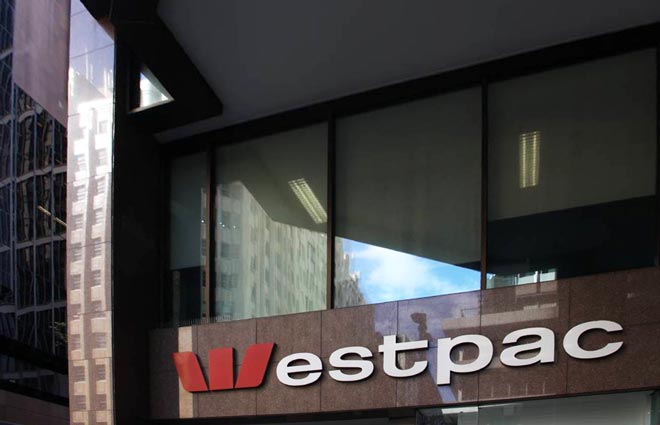Sell-side” research is general financial advice prepared and distributed by an AFS licensee to investors to help them make decisions about financial products. ASIC says such firms must manage the conflicting interests of their issuing and investing clients when preparing investor education research. They have given the industry six months (to 1 July 2018) to make sure their compliance measures conform to the ASIC’s expectations as expressed in the released regulatory guidance.
ASIC has released regulatory guidance on managing conflicts of interest and handling inside information by Australian financial services (AFS) licensees that provide sell-side research.
Research helps investors to make investment decisions. The quality of research can affect the advice received and investment decisions. A licensee who provides research must comply with a number of regulatory obligations. They must:
- control and manage inside information
- manage conflicts during the capital raising process, including avoiding,
- controlling and disclosing these conflictsmanage research teams, including budgeting, research analyst remuneration and coverage decisions
Regulatory Guide 264 Sell-side research (RG 264) looks at the key stages of a capital raising transaction and provides specific guidelines on how an AFS licensee should appropriately manage conflicts of interest during each of these stages , including the preparation and production of investor education reports. RG 264 also provides general guidance for AFS licensees on the identification and handling of inside information by research analysts, and about the structure and funding of sell-side research teams.
The guidance addresses uneven market practice that has developed since the publication of Regulatory Guide 79 Research report providers: Improving the quality of investment research (RG 79) in 2004. It also responds to industry requests for more detailed guidance on sell-side research and supplements guidance in RG 79.
RG 264 takes into account feedback from stakeholders following public consultation earlier this year, see Report 560 Response to Submissions on CP 290 Sell-side research (REP 560).
Commissioner Cathie Armour said, ‘The timely flow of information and objective research analysis is vital to fair and efficient markets. Investors consider sell-side research when making investment decisions. It is critical that sell-side research represents the genuine, professional opinion of analysts.
‘Wholesale investors want early information and analyst insights on companies undertaking capital raising. Firms that manage this process must manage the conflicting interests of their issuing and investing clients when preparing investor education research. It is important thatthis deal-related research does not undermine the prospectus disclosure or continuous disclosure requirements. RG 264 will help industry strike the right balance between these competing considerations’.
While RG 264 does not extend the regulatory framework in RG 79, ASIC will give industry six months to 1 July 2018 to make sure their compliance measures conform to the expectations set out in the this guide.
Download
- Regulatory Guide 264 Sell-side research
- Report 560 Response to Submissions on CP 290 Sell-side research
- Consultation Paper 290 Sell-side research and non-confidential submissions
Background
In June 2017, ASIC released Consultation Paper 290 Sell-side research (CP 290) which proposed to provide further guidance on managing conflicts of interest and inside information involving sell-side research.
The consultation followed the release of Report 486 Sell-side research and corporate advisory: Confidential information and conflicts (REP 486) in August 2016. REP 486 set out observations from our review of how material non-public information and conflicts of interest are handled in the context of sell-side research and corporate advisory activities.
ASIC’s review showed that AFS licensees involved in providing research would benefit from detailed guidance on managing material, non-public information and conflicts of interest.
Sell-side research is general financial advice prepared and distributed by an AFS licensee to investors to help them make decisions about financial products.










